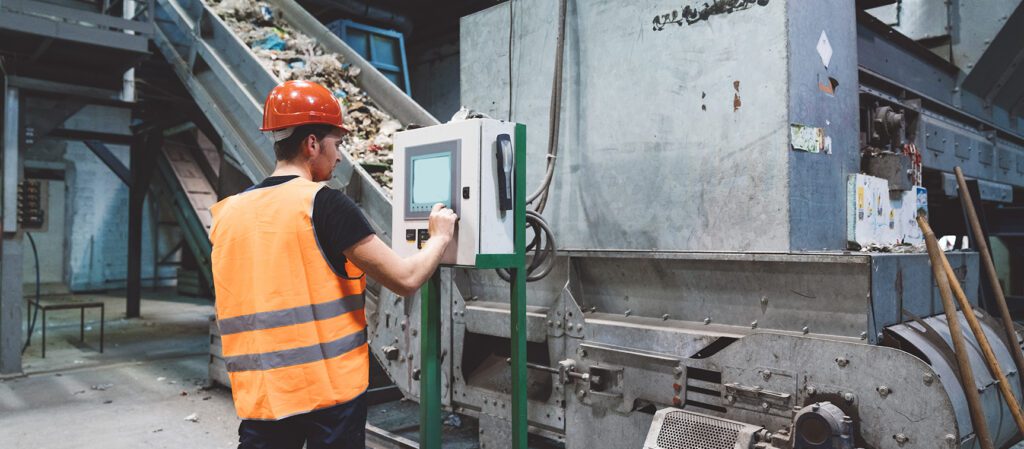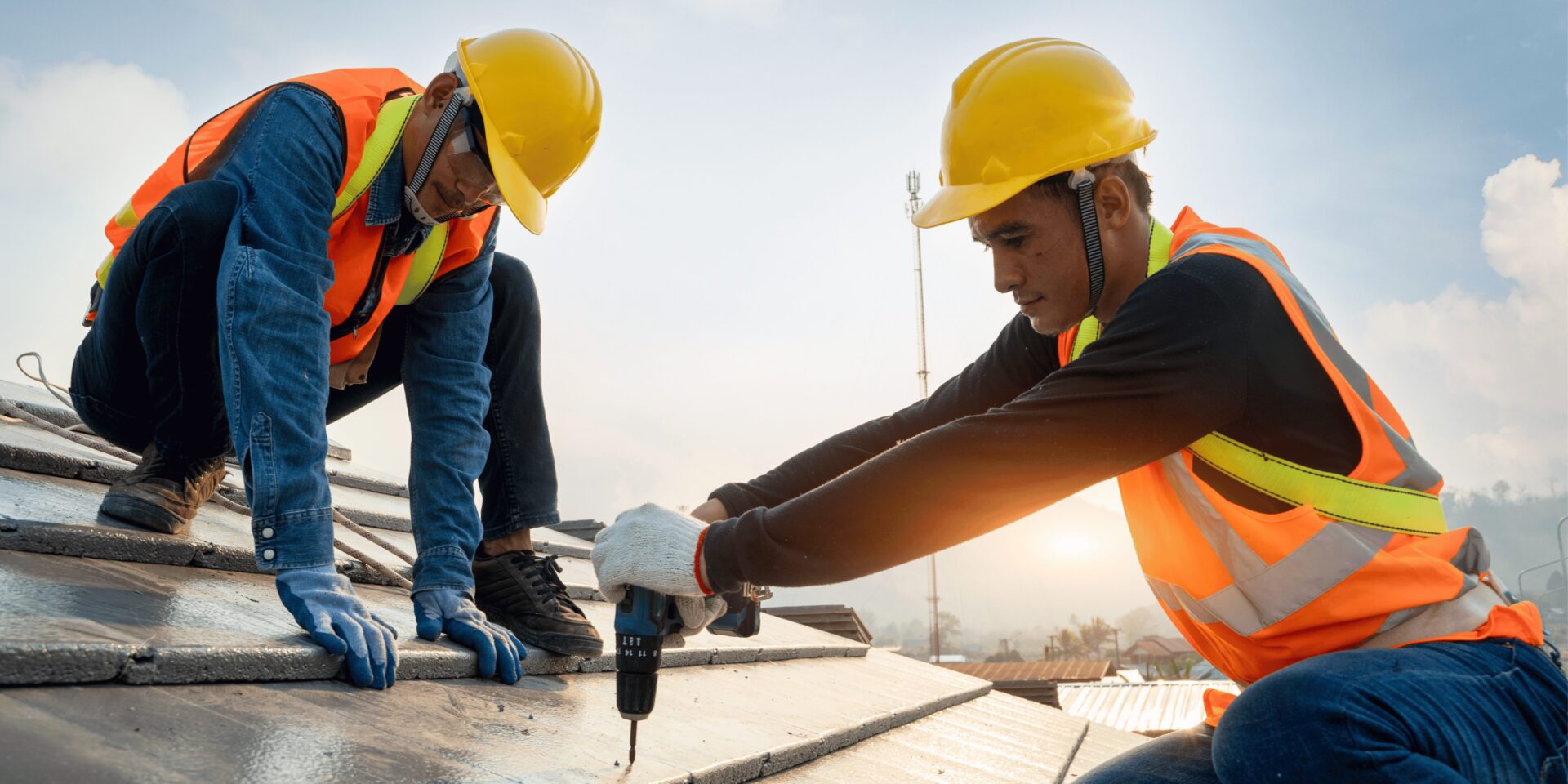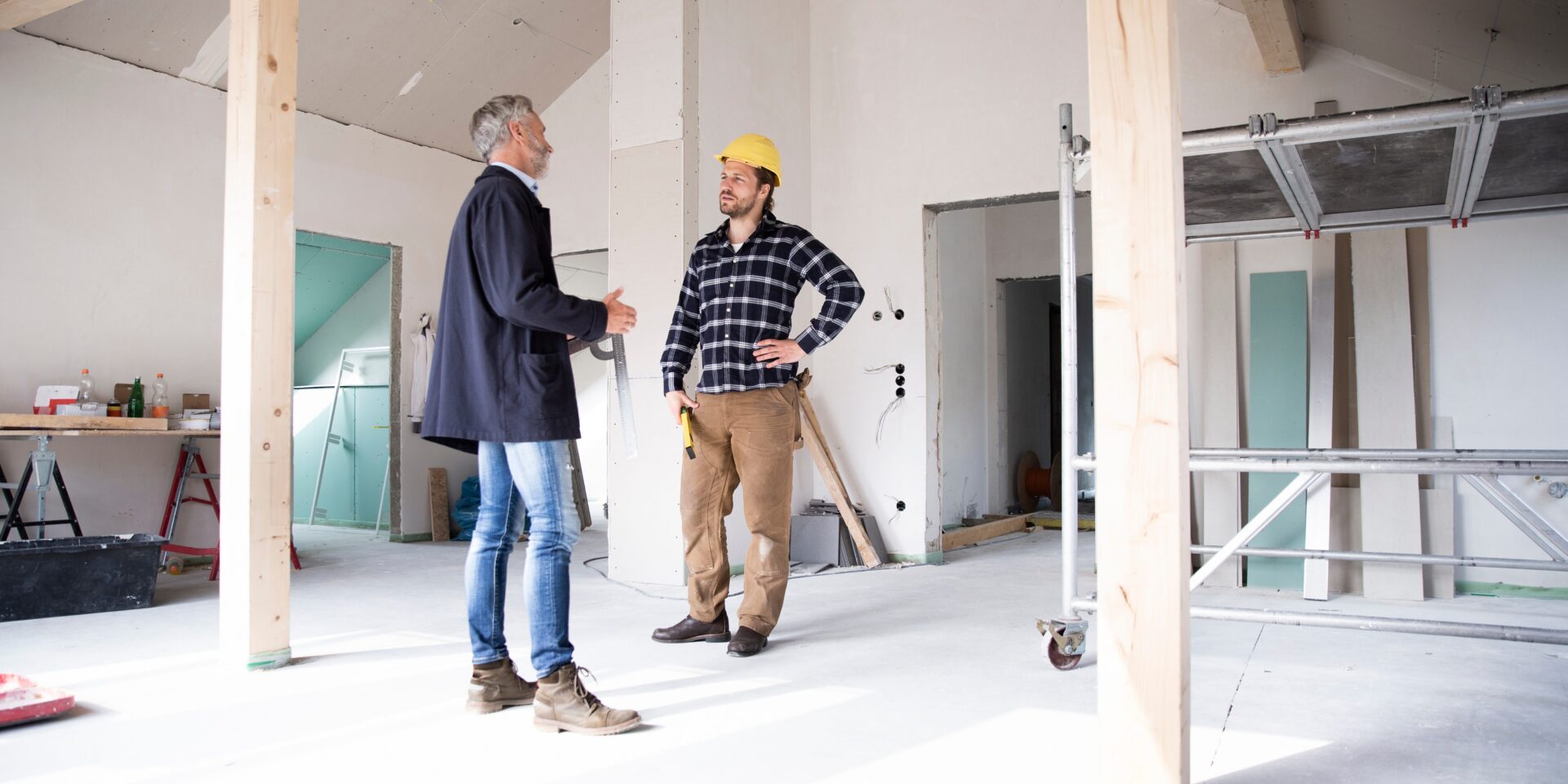Inflation Reduction Act’s Impact on 179D: Prevailing Wag...
179D – Energy Efficient Commercial Building Deduction The Internal Revenue Service Section ...

The coronavirus pandemic has changed the landscape of how we are conducting business while in quarantine. Some industries can successfully work from their homes, while others have had to shut down. The development, design and construction sector is the second most affected by COVID-19, as much of the work is at a standstill. It’s a domino effect to all the businesses that make up this sector. To ease the financial stress, construction companies can utilize some R&D tax strategies available to them.
We are going through times of economic uncertainty, but the good news is that there are permanent tax strategies construction companies can implement right now to ease financial stress.
Massachusetts offers a Historic Rehabilitation Tax (HRT) credit to offset personal income taxes or corporate excise taxes on a Massachusetts state tax return. It returns up to 20% of the costs incurred in a taxpayer’s rehabilitation project related to a historic structure or a phase of a historic structure completed in phases. To qualify for the HRT credit, construction companies need to ensure that the project or phase has received final certification from the Massachusetts Historical Commission and the project has been placed in service.
Keep in mind that the HRT credit is allowed only for the tax year in which the substantially rehabilitated property is placed in service. ‘Placed in Service’ is defined as the point in time when the occupancy of the entire structure or some identifiable portion of the structure is permitted. The HRT credit is available for Massachusetts taxpayers until 2023 and the credit amount is capped at $50 million per year.
179D is a federal tax deduction that allows eligible companies to reduce the amount of income that they are paying taxes on. It’s available to building owners who are constructing or renovating energy efficient commercial property buildings. There’s also an opportunity for the designers of the building, including architects, engineers, and contractors, to benefit if they assisted in the installation of energy efficient property in a government building.
In order for building owners to qualify for the 179D deduction, the energy efficiency projects must reduce the total annual energy and power costs by improvements to a property’s “building envelope” or to the interior lighting, heating, HVAC, or hot water systems. The deduction is calculated at a rate of $1.80 per square foot of constructed or renovated property for a 50% reduction in total annual energy and power costs. Partial deductions may also be available.
An additional requirement of the deduction is that all properties being considered for the deduction must be inspected by a certified engineer or contractor. 179D was also not extended to the 2019 tax year and beyond; therefore, it’s only applicable to construction or renovation projects undertaken prior to 2019.
The Research and Development tax credit can offer construction companies a real tax savings benefit. Contractors, developers, engineers, and architects can all qualify for the R&D tax credit, which covers employee wages, costs of materials, and payments made to consultants for engineering and testing. The R&D credit is an incentive for ingenuity to each individual company, and qualifying activities can include contractors brought in on pre-construction planning activities, developing building designs, designing unique bridges and roadways, LEED projects, and improving buildings’ power efficiency.
Unlike the 179D deduction, the R&D tax credit is a dollar for dollar offset of your tax liability. It can be applied retroactively to the past three tax years, and a company may receive a refund for taxes paid during those years when the R&D credit could have been utilized. The credit is permanent within the tax code and can be taken advantage of each year as long as R&D activities are present.
Founded in 1997, Leyton is one of the world’s largest innovation funding specialist helping our clients improve their global performance. In the US, our specific expertise is in the optimization of Federal and State Research and Development (R&D) Tax Credits. Our dedicated industry teams are comprised of highly experienced scientists, engineers, tax accountants, and attorneys, all of whom are motivated to help your business robustly claim and realize the R&D credit to incentivize further innovation investment.
Explore our latest insights
See more arrow_forward
179D – Energy Efficient Commercial Building Deduction The Internal Revenue Service Section ...

The US R&D Tax Credit has emerged as a game-changer, offering substantial benefits to fuel th...

Overview In the wake of the AI boom, sparked by pioneers like Geoffrey Hinton, Yoshua Bengio, and...

Overview Energy Star Certification for homes was established in 1996. With changes to the 45L tax...